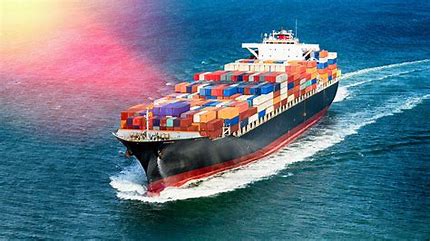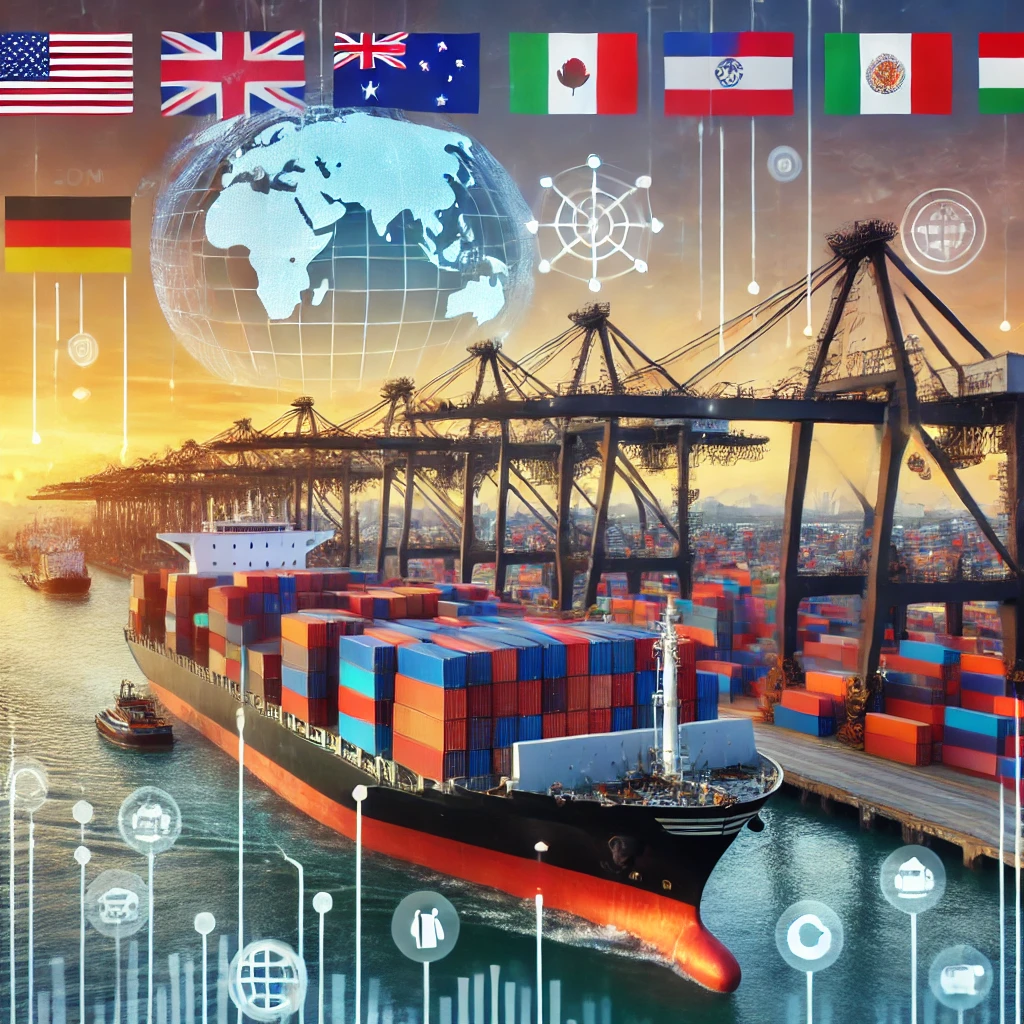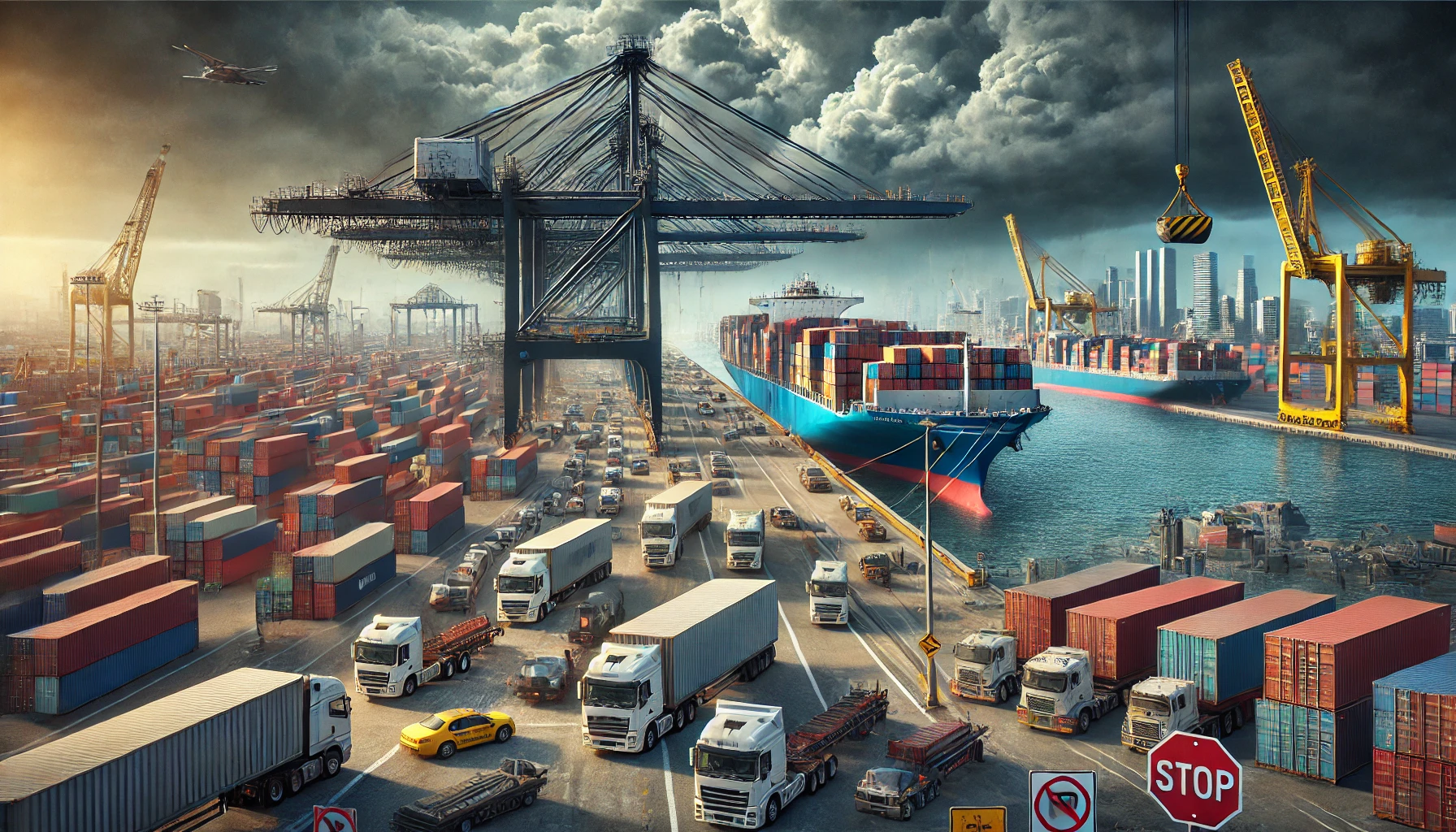Unlocking Employee Potential Through Strategic Recognition

Recognize Achievements and Retain Talent
Employee engagement and retention are constant concerns for organizations, particularly in a world where agility and innovation determine success. Senior leaders have a pivotal role in cultivating a work environment that drives both performance and satisfaction. One highly effective approach is guiding employees to track and celebrate their wins regularly. This simple yet powerful habit not only enhances an individual’s self-awareness but also strengthens their connection to the organization.
Create a Culture of Recognition
When employees feel recognized for their contributions, their engagement levels rise. According to recent research, employees who feel supported in their career growth are more likely to become top performers and stay longer within the organization. Monthly recognition meetings, where employees share their recent achievements and receive feedback, can foster a culture of continuous improvement and engagement.
Leverage Tools for Professional Development
Providing the right tools to support employee development is crucial. Utilizing platforms that allow team members to track progress can further empower employees, ensuring that their efforts align with organizational goals. By integrating these tools into the regular workflow, companies can support career advancement more effectively.
Build a Transparent Growth Path
Clear communication about career advancement opportunities is vital. When employees know what it takes to advance, coupled with regular feedback and recognition, they’re more engaged. This transparency fosters trust and loyalty, creating a robust, future-ready workforce.
By creating a culture that celebrates wins and values continuous learning, companies can improve retention and performance, ultimately driving long-term success.
Additional Reading:




